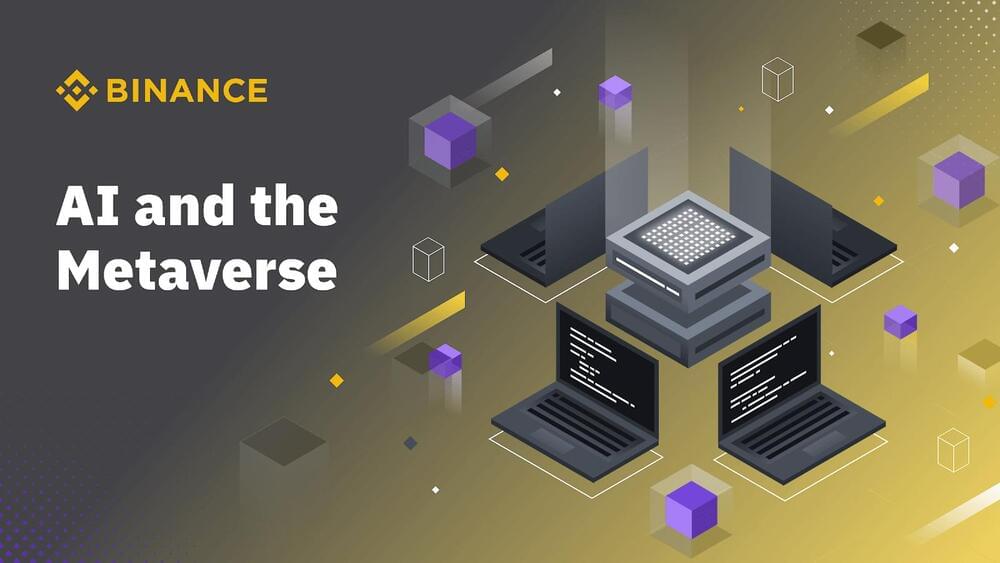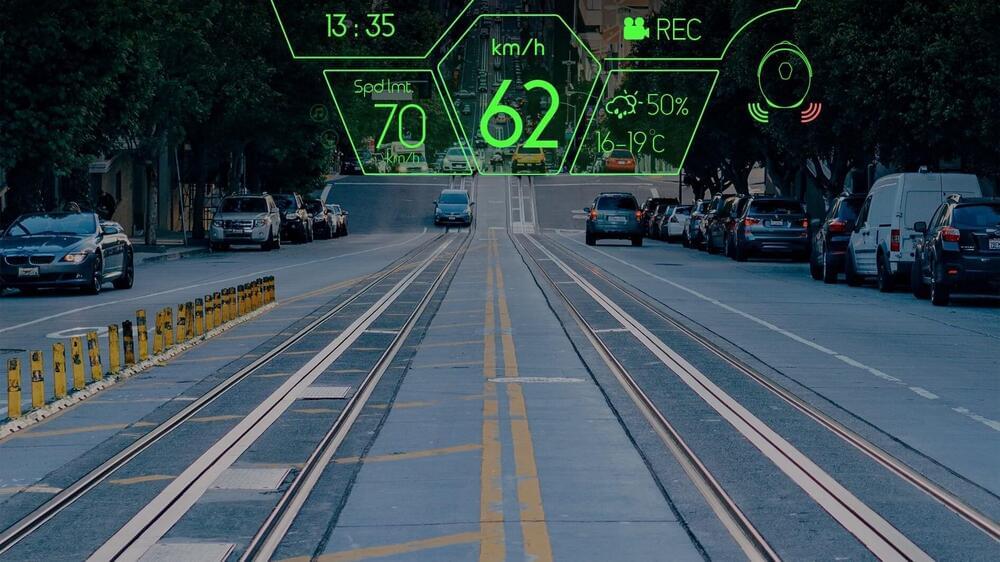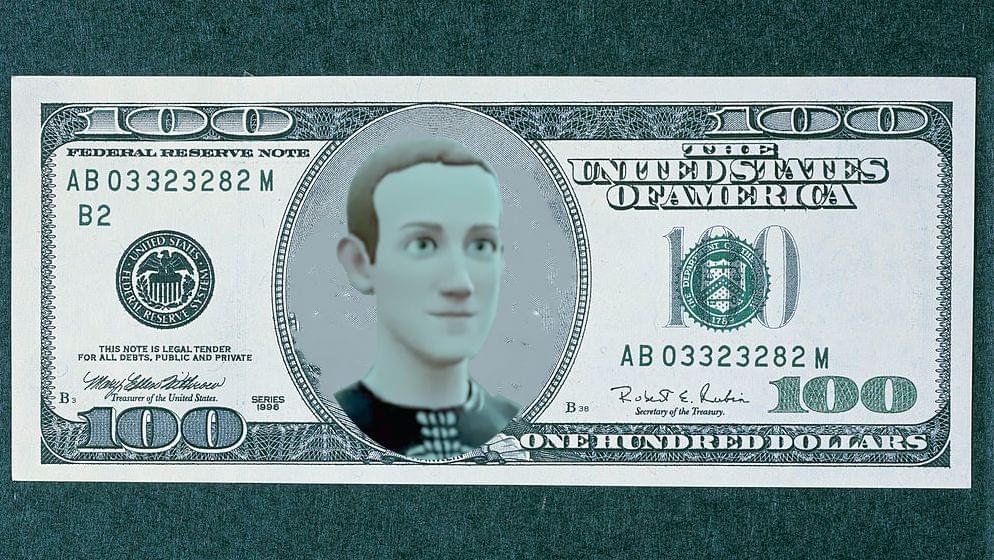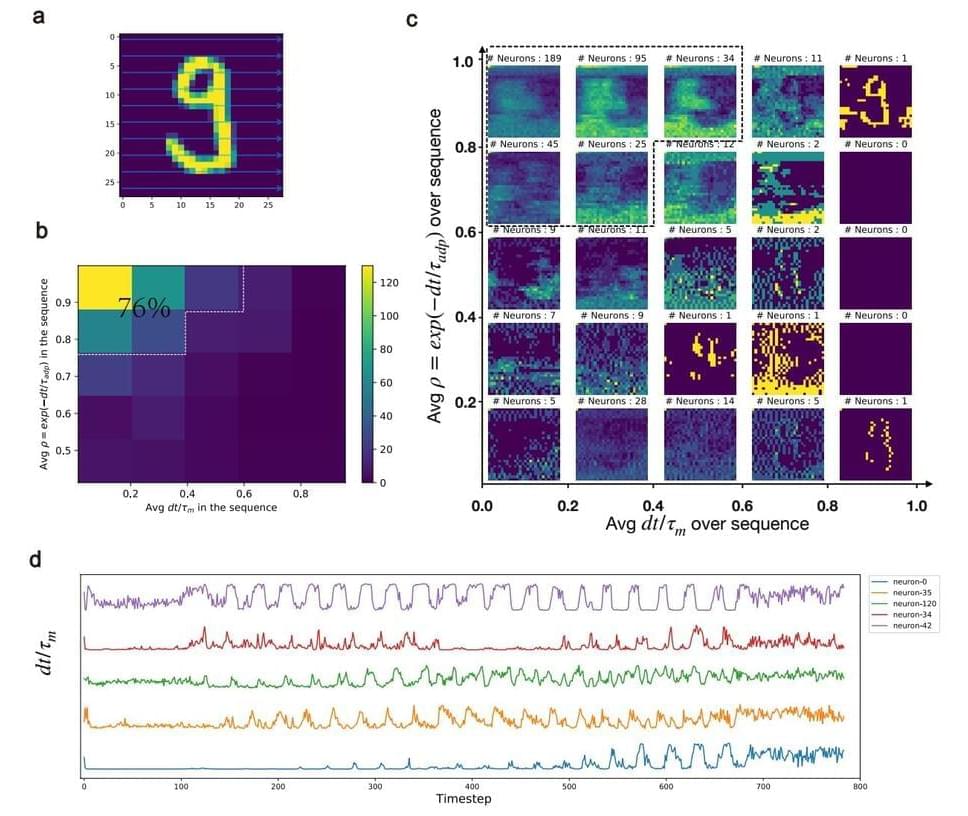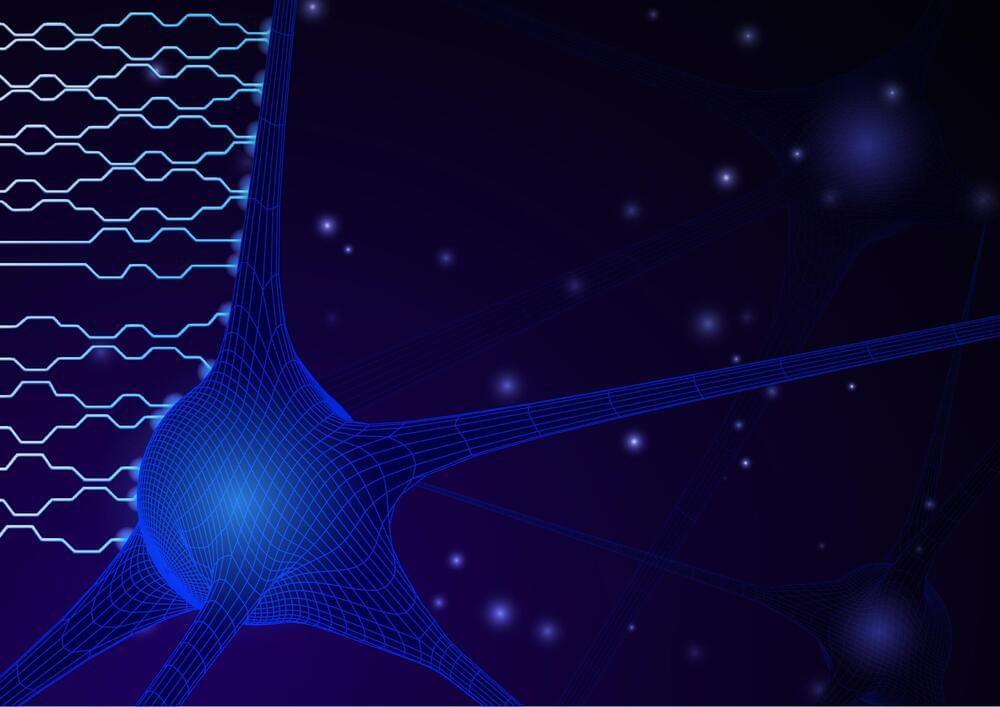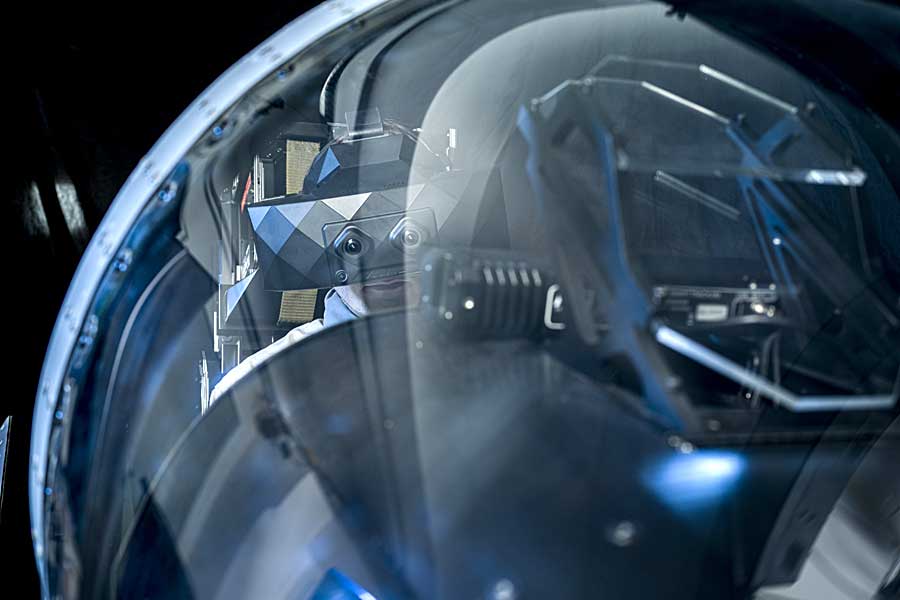Artificial intelligence (AI) and the metaverse are some of the most captivating technologies of the 21st century so far. Both are believed to have the potential to change many aspects of our lives, disrupt different industries, and enhance the efficiency of traditional workflows. While these two technologies are often looked at separately, they’re more connected than we may think. Before we explore the relationship between AI and the metaverse, let’s start by defining both terms.
The metaverse is a concept describing a hypothetical future design of the internet. It features an immersive, 3D online world where users are represented by custom avatars and access information with the help of virtual reality (VR), augmented reality (AR), and similar technologies. Instead of accessing the internet via their screens, users access the metaverse via a combination of the physical and digital. The metaverse will enable people to socialize, play, and work alongside others in different 3D virtual spaces.
A similar arrangement was described in Neal Stephenson’s 1992 science-fiction novel Snow Crash. While it was perceived as a fantasy mere three decades ago, it seems like it could become a reality sooner rather than later. Although the metaverse isn’t fully in existence yet, some online platforms incorporate elements of it. For example, video games like Fortnite and Horizon World port multiple elements of our day-to-day lives into the online world.
